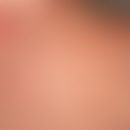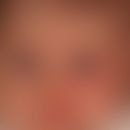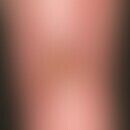DefinitionThis section has been translated automatically.
Compression materials that are not knitted round over a cylinder but flat and are folded and sewn together at the end.
Features:
- Contour and size are controlled by varying the number of stitches
- approx. 30-40% coarser stitch pattern, thicker knitted fabric
- strong, less elastic material
- almost exclusively used for custom-made products
IndicationThis section has been translated automatically.
Wide application, almost no limits - neither with regard to the anatomy to be treated nor to the pressure ranges. Aesthetics, wearing comfort and price are often criticized.
For this reason, flat knitted fabrics today tend to be the exception for special indications, e.g.
- Lymphedema
- Lipedema
- Special body shapes
However, the use of flat knitted fabrics can also be useful, especially where it is essential to avoid lace lines. This applies, for example, to
- pAVK, ulcer cruris mixtum
- Neuropathy
- Anorexia
ContraindicationThis section has been translated automatically.
Correspond to those of compression therapy in general:
- severe PAVK, critical ischemia
- septic phlebitis
- Phlegmasia coerulea dolens
- decompensated cardiac insufficiency
LiteratureThis section has been translated automatically.
- Reich-Schupke S et al (2013) Modern compression therapy. Viavital Publishing House, Cologne




